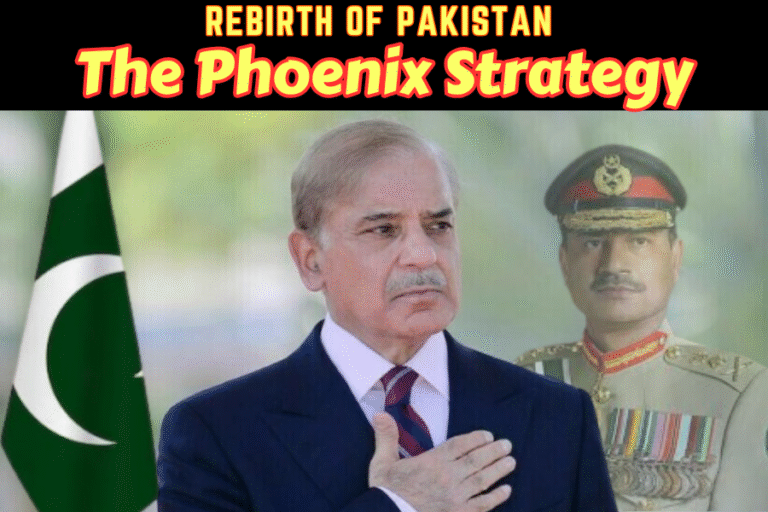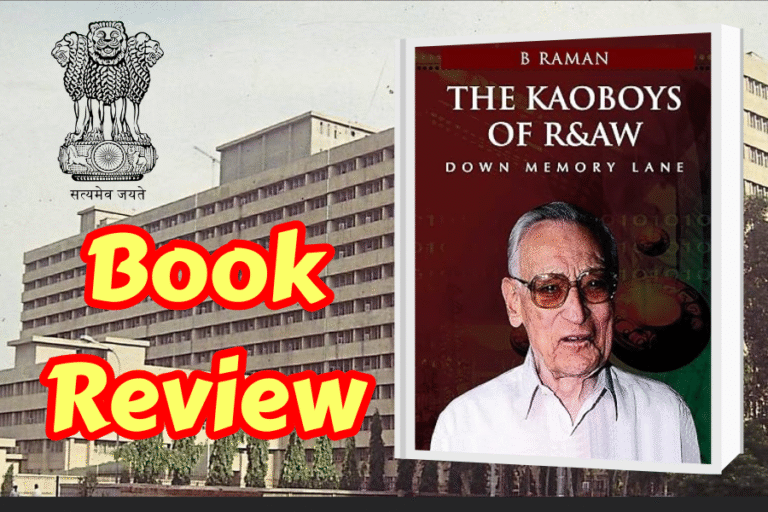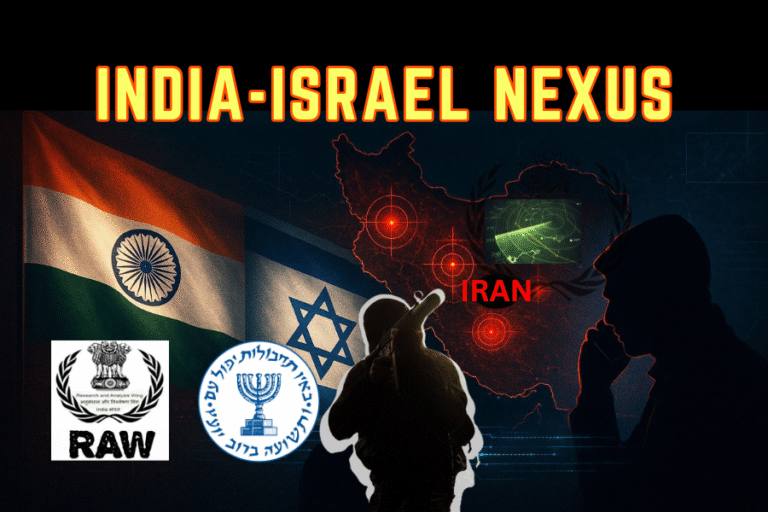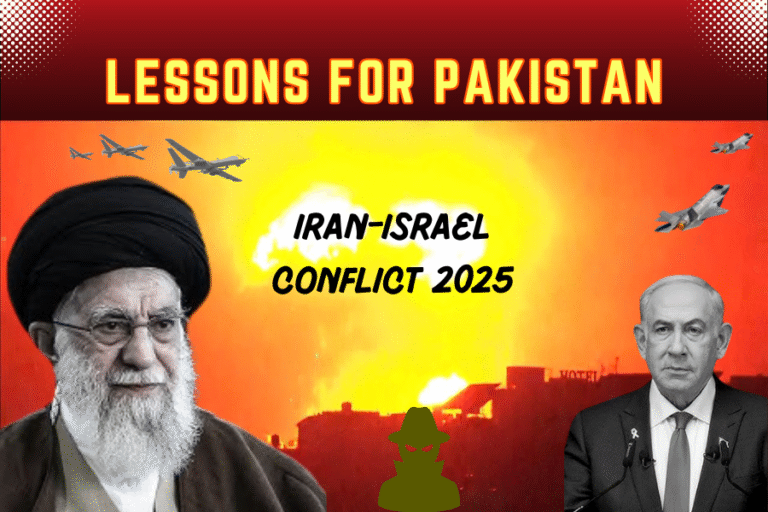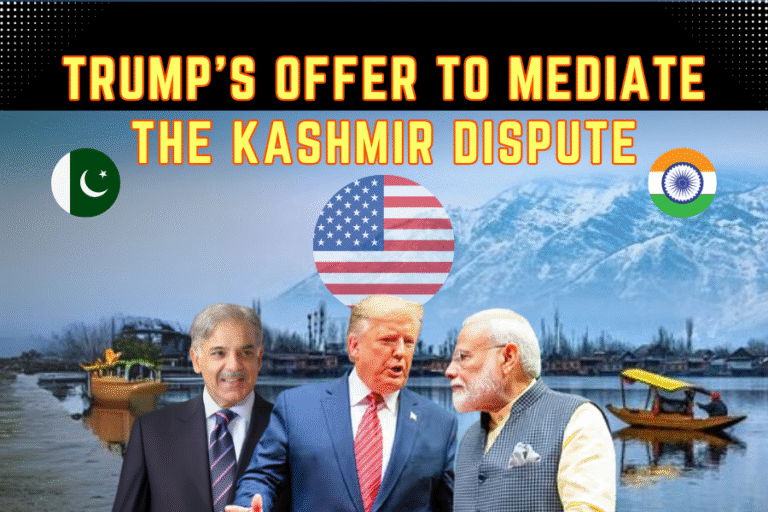(By Khalid Masood)
Just days after teetering on the edge of a wider conflict, Pakistan and Afghanistan have pulled back from the brink, signing a critical ceasefire agreement in Doha on October 18, 2025. This pact, mediated by Qatar and Turkey, follows one of the deadliest periods of border clashes in recent memory. It aims to address the foundational issue that has shattered relations between the two neighbors: cross-border terrorism, particularly from the Tehrik-i-Taliban Pakistan (TTP).
While the agreement brings immediate relief and a surge of cautious optimism, it lands on a foundation fractured by decades of mistrust. Its success is far from guaranteed, hinging on the Taliban administration’s ability—and willingness—to enforce the commitments it has made on paper.
A History of Fractured Ties
Relations between Pakistan and Afghanistan have been complex and often acrimonious since Pakistan’s inception in 1947. The primary, unresolved grievance is the Durand Line, the 2,600-km border established by the British in 1893. Afghanistan has never formally recognized this line, leading to perennial disputes over territory and sovereignty.
This border dispute has been the backdrop for a more volatile issue: cross-border militancy. For decades, both nations have accused the other of harboring militant groups to be used as proxies for strategic depth. This dynamic only intensified after the Taliban’s return to power in Kabul in August 2021.
Pakistan, which had long been accused of supporting the Afghan Taliban, hoped their victory would secure its western border. Instead, it witnessed a dramatic resurgence of the TTP, an ideologically-aligned but separate group focused on overthrowing the Pakistani state. The TTP found safe havens in Afghanistan, launching a devastating wave of attacks. The group’s presence in Afghanistan is significant, with estimates of up to 6,500 fighters. The impact is severe: over 2,400 Pakistani security personnel were killed in just the first nine months of 2025.
This isn’t the first attempt at de-escalation. In 2018, the two nations launched the Afghanistan-Pakistan Action Plan for Peace and Solidarity (APAPPS). This framework was built on seven principles, including a commitment that neither side would allow its territory to be used by anti-state elements against the other. However, like many agreements before it, APAPPS failed to gain traction and collapsed amid mutual recriminations.
The Precipice: October’s Deadly Escalation
The Doha pact was not a proactive diplomatic effort but a desperate measure to halt a rapid military escalation. The first two weeks of October 2025 saw relations plunge to a new low.
The crisis began around October 9-11, following a series of deadly TTP attacks in Pakistan, including a major ambush in the Orakzai district that killed 11 Pakistani soldiers. In response, Pakistan conducted a series of “retribution operations,” including airstrikes deep inside Afghan territory. These strikes were believed to have targeted TTP leader Noor Wali Mehsud.
The Taliban-led government in Kabul, which denies harboring the TTP, retaliated forcefully. Its forces launched attacks on Pakistani border posts, reportedly overrunning several. This triggered a week of heavy cross-border shelling and ground fighting that killed dozens of soldiers and civilians on both sides.
A temporary 48-hour ceasefire, intended to cool tensions, was shattered when Pakistan launched further airstrikes in Afghanistan’s Paktika province. These strikes hit residential areas, killing civilians, including, tragically, three young Afghan cricketers. This act drew widespread condemnation and brought the two nations to the verge of all-out war, prompting the emergency mediation by Qatar and Turkey.
The Doha Accord: Key Provisions of the Pact
The emergency talks in Doha were led by high-level delegations. Pakistan was represented by Defence Minister Khawaja Asif and intelligence chief General Asim Malik, while the Afghan delegation was headed by its interim Defence Minister, Mullah Mohammad Yaqoob.
The agreement they signed on October 18 is a comprehensive ceasefire, not just a temporary truce. Its core provisions include:
- An Immediate and Comprehensive Ceasefire: A complete halt to all military hostilities along the border.
- Halt to Cross-Border Terrorism: The central clause of the agreement is a firm commitment from the Afghan Taliban administration to “cease immediately” all cross-border terrorism originating from its territory.
- Denial of Safe Havens: Afghanistan explicitly agreed that its soil would not be used by any group, including the TTP, to plan or execute attacks against Pakistan.
- Respect for Sovereignty: Both sides pledged to respect each other’s sovereignty and territorial integrity, committing to avoid territorial and aerial violations.
- Verification Mechanisms: The pact establishes a framework for joint mechanisms to monitor and verify the implementation of the ceasefire, to be supervised by the mediating countries.
- Follow-up Diplomacy: The parties agreed to a follow-up meeting in Istanbul on October 25 to finalize the details of the implementation and verification mechanisms.
Regional Impact and Economic Imperatives
The immediate impact of the Doha Accord is de-escalation. It provides a crucial off-ramp from a conflict that threatened to destabilize the entire region. For Pakistan, it temporarily secures a volatile border. For the Taliban, it avoids a costly war with a superior military power, allowing it to focus on its severe domestic economic and humanitarian crises.
The economic implications are profound. The clashes had forced the complete closure of key trade crossings, including Torkham and Chaman. This shutdown was devastating for both economies. Landlocked Afghanistan is heavily dependent on Pakistani ports for transit trade. The ceasefire is intended to “resume Pakistan-Afghanistan trade and transit activities,” restoring a vital economic lifeline.
Diplomatically, the pact is a significant achievement for Qatar and Turkey, cementing their roles as key regional mediators capable of bridging deep divides. It also represents a tactical shift for Pakistan, moving from unilateral military action to a mediated agreement that puts the onus of action squarely on the Taliban.
The Core Challenge: Can the Ceasefire Hold?
The optimism surrounding the pact remains “guarded,” a term used by Pakistan’s own Defense Minister. The entire agreement hinges on one fundamental question: Can the Afghan Taliban control the TTP?
Analysts are divided. Some argue the Taliban lacks the capacity to root out thousands of entrenched TTP fighters, many of whom are ideological allies who fought alongside them against US-led forces. Others question if they have the will to do so, as a forceful crackdown could alienate a powerful faction within their own movement and push TTP fighters into the arms of their rival, ISKP (ISIS-Khorasan).
The TTP itself has shown no inclination to halt its war. The success of the pact depends on whether the Taliban’s public denials of harboring the TTP were a political maneuver or a genuine reflection of their inability to control them.
Pakistan’s leadership has been clear: the ceasefire is entirely conditional. The Pakistani position is blunt: the ceasefire is linked to the Taliban’s performance. “Anything coming from Afghanistan will be a violation of this agreement,” implying that Pakistan reserves the right to resume military action if TTP attacks continue.
Conclusion: A ‘Guarded Optimism’ for the Future
The Doha Accord of October 18, 2025, is arguably the most significant diplomatic development between Pakistan and Afghanistan since the Taliban’s 2021 takeover. It successfully pulled two nuclear-armed (in Pakistan’s case) and heavily militarized neighbors back from a disastrous confrontation.
The central question remains: “Will the Pakistan-Afghanistan peace agreement hold?” The answer lies in Kabul. The TTP is the poison that has corrupted the relationship, and the Doha pact is the proposed antidote.
Pakistani officials are hopeful but cautious, embracing “guarded optimism.” The pact is not a comprehensive peace treaty; it is a transactional security mechanism. It has bought time, reopened vital trade, and created a formal channel for dialogue. The upcoming follow-up meeting in Istanbul will be the first true test of whether the commitments made in the political suites of Doha can be translated into a tangible, verifiable, and lasting peace along the Durand Line.
The Core Challenge: Can the Ceasefire Hold?
The optimism surrounding the pact is, as Pakistan’s Defense Minister Khawaja Asif told Reuters, “guarded.”32 The entire agreement hinges on one fundamental question: Can the Afghan Taliban control the TTP?
Analysts are divided. Some argue the Taliban lacks the capacity to root out thousands of entrenched TTP fighters, many of whom are ideological allies who fought alongside them against US-led forces. Others question if they have the will to do so, as a forceful crackdown could alienate a powerful faction within their own movement and push TTP fighters into the arms of their rival, ISKP (ISIS-Khorasan).
The TTP itself has shown no inclination to halt its war. The success of the pact depends on whether the Taliban’s public denials of harboring the TTP were a political maneuver or a genuine reflection of their inability to control them.
Pakistan’s leadership is treating the pact as conditional. In interviews with Al Jazeera and other outlets, Khawaja Asif has been clear: the ceasefire is entirely linked to the Taliban’s performance.33 “Anything coming from Afghanistan will be a violation of this agreement,” he stated bluntly, implying that Pakistan reserves the right to resume military action if TTP attacks continue.34
Conclusion: A ‘Guarded Optimism’ for the Future
The Doha Accord of October 18, 2025, is arguably the most significant diplomatic development between Pakistan and Afghanistan since the Taliban’s 2021 takeover. It successfully pulled two nuclear-armed (in Pakistan’s case) and heavily militarized neighbors back from a disastrous confrontation.35
As highlighted in analysis by Al Jazeera, the central question remains: “Will the Pakistan-Afghanistan peace agreement hold?” The answer lies in Kabul. The TTP is the poison that has corrupted the relationship, and the Doha pact is the proposed antidote.
According to Reuters, Pakistani officials are hopeful but cautious, embracing “guarded optimism.” The pact is not a comprehensive peace treaty; it is a transactional security mechanism. It has bought time, reopened vital trade, and created a formal channel for dialogue. The upcoming follow-up meeting in Istanbul will be the first true test of whether the commitments made in the political suites of Doha can be translated into a tangible, verifiable, and lasting peace along the Durand Line.


